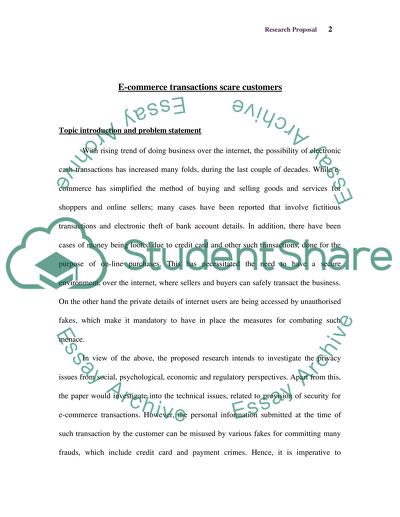Cite this document
(“E-commerce Transactions Scare Customers Research Proposal”, n.d.)
Retrieved from https://studentshare.org/information-technology/1406806-the-impact-of-privacy-an-security-in-e-commerce
Retrieved from https://studentshare.org/information-technology/1406806-the-impact-of-privacy-an-security-in-e-commerce
(E-Commerce Transactions Scare Customers Research Proposal)
https://studentshare.org/information-technology/1406806-the-impact-of-privacy-an-security-in-e-commerce.
https://studentshare.org/information-technology/1406806-the-impact-of-privacy-an-security-in-e-commerce.
“E-Commerce Transactions Scare Customers Research Proposal”, n.d. https://studentshare.org/information-technology/1406806-the-impact-of-privacy-an-security-in-e-commerce.


